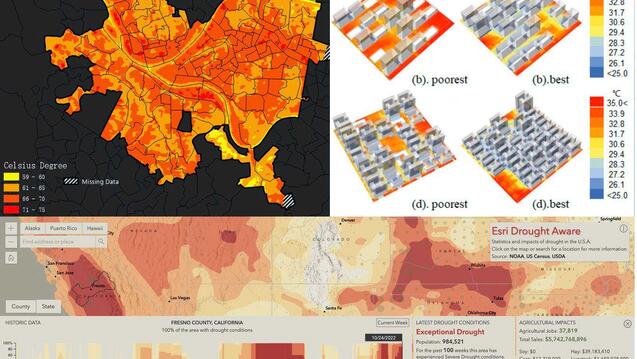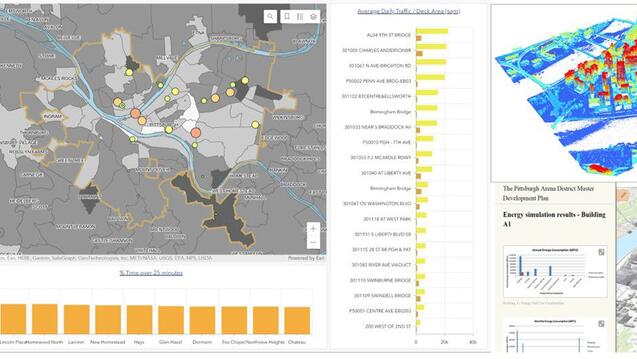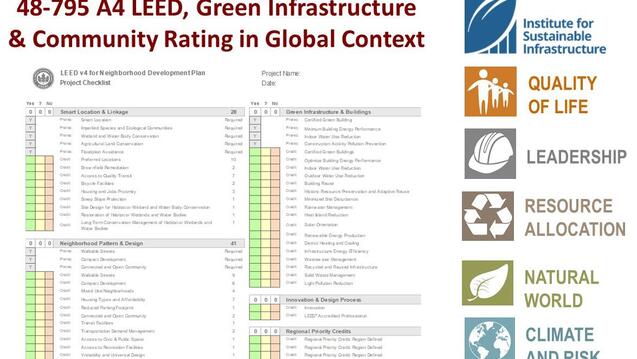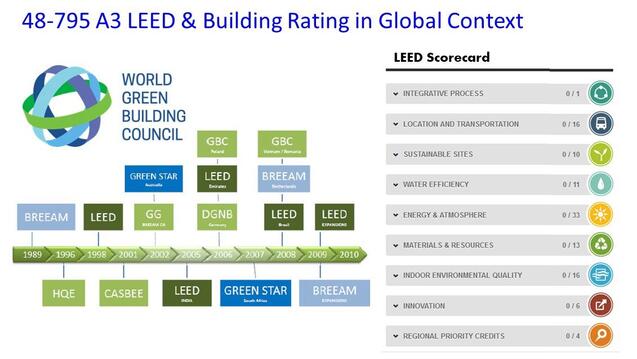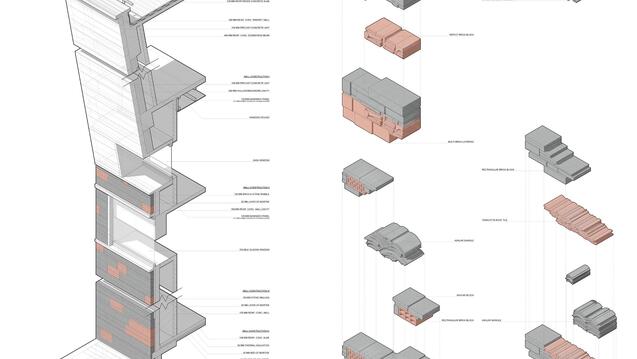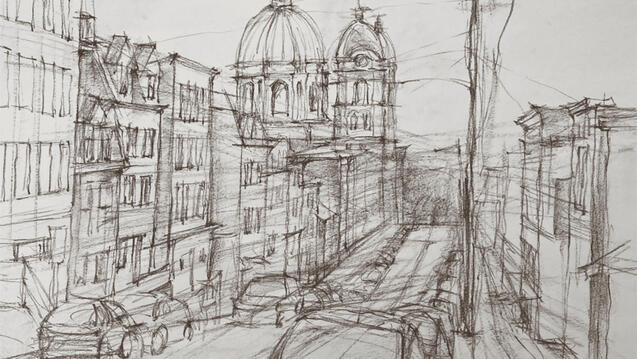This course teaches students the importance of value based design across all project types and delivery methods.
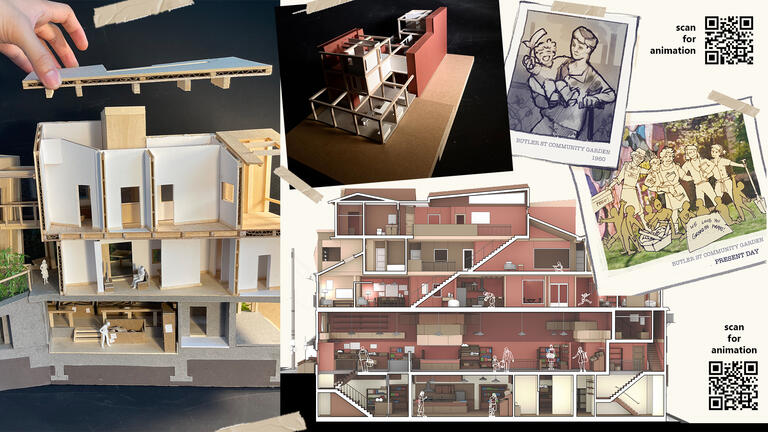
Spring 2025
Poiesis II Experiments by Jimmy Kweon, Ryan Wang, Paul Doyle, and Sylvia Kim
Classes provide both depth and breadth, while the culminating Thesis Project allows students the opportunity to narrow their research focus to a topic of personal and professional interest.
In this course, students will collect local or global data and apply mapping skills, including using ArcGIS and Illustrator, to map local experience and large-scale urban systems and use spatial data science to make inferences.
This course covers important geographic information system (GIS) concepts. Software tutorials and technical sessions cover leading GIS software from Esri Inc. Applications include ArcGIS Pro, ArcGIS Online, ArcGIS Map Viewer, ArcGIS Story Maps and Dashboards. Computer aided facility management (CAFM)/IWMS software will be reviewed.
The Master of Advanced Architectural Design (MAAD) program culminates with a design thesis in the final year of studies. This two-semester independent project allows students to conduct design research and develop a project on a topic they have defined in consultation with the program track chair.
This graduate level mini-course compares global community and infrastructure rating systems to gain perspective about sustainable infrastructure development and community design. The course uses USGBC's LEED Cities & Communities Rating System and the Institute for Sustainable Infrastructure (ISI) Envision Rating System as springboards for exploration and discussion of other world rating systems that address these topics.
This graduate level mini-course compares global community and infrastructure rating systems to gain perspective about sustainable infrastructure development and community design. The course uses USGBC's LEED Cities & Communities Rating System and the Institute for Sustainable Infrastructure (ISI) Envision Rating System as springboards for exploration and discussion of other world rating systems that address these topics.
Object/Noun/Verb explores the craftsmanship of imaginative storytelling. Through concurrent investigations of narrative fiction and speculative object making, this course bridges creative writing and the physical craft of making to communicate original ideas through the universal language of stories.
This course examines the role of the architectural detail in the formation/thematic development of a work of architecture and how the detail reinforces the theoretical position of the architect.
This freehand drawing studio considers perspective from three understandings of perceptual psychology, including the pedagogy of Kimon Nicolaides, the early work of the perceptual psychologist J.J. Gibson, and Gestalt psychology.

